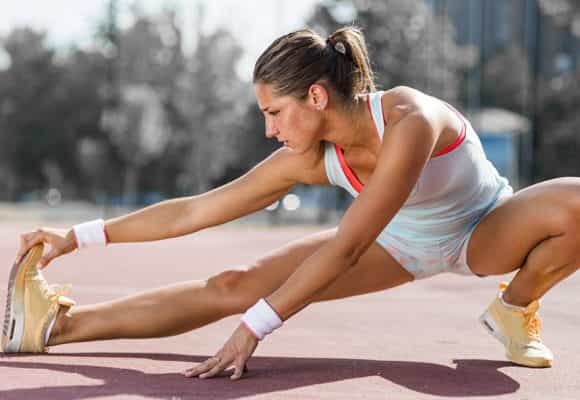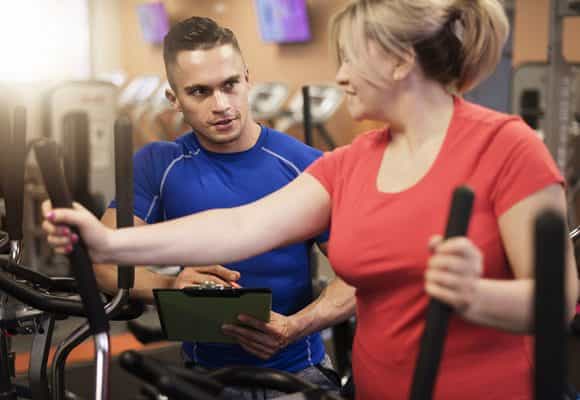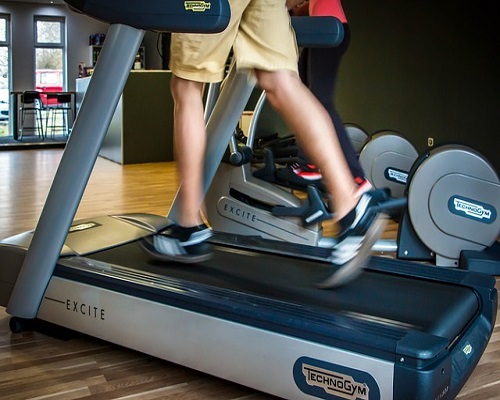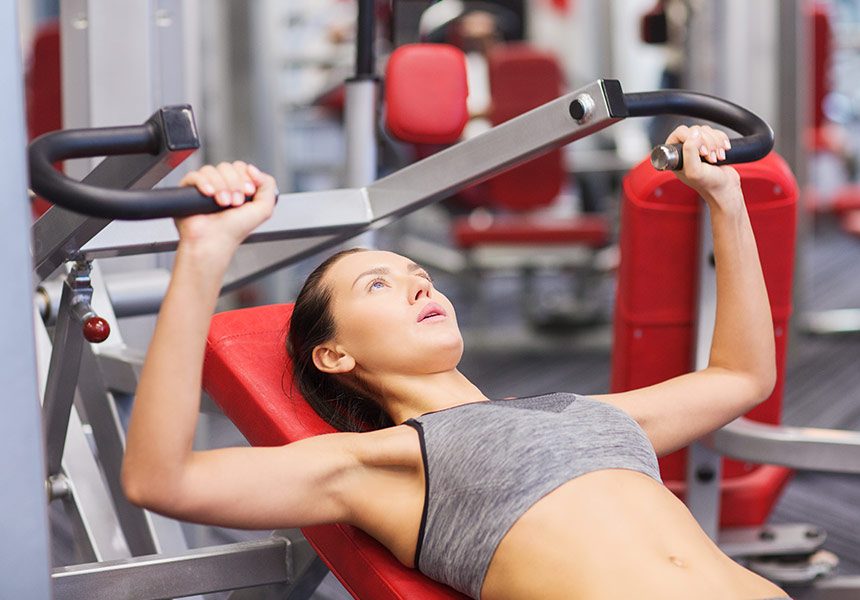Our experts Tim Robins and Cindy Crawford discuss these safety measures to stay safe while exercising. Begin your exercise program slowly with low-intensity exercises. Wear appropriate shoes for your activity. Warm up before exercising, and cool down afterwards. Drink water before, during, and after your workout session, even if you don¡¯t feel thirsty. Dress appropriately according to the temperature. If you have specific health conditions, discuss your exercise and physical activity plan with your health care provider.

28
Oct
August 18, 2016
7











